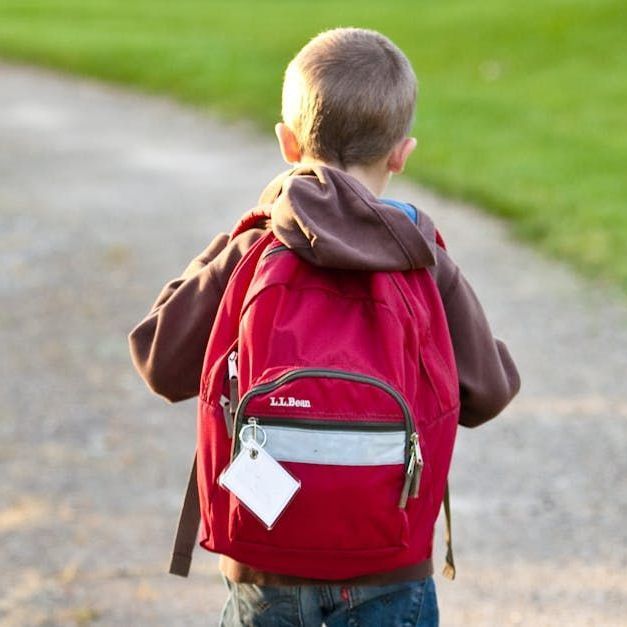The Role of Regular Eye and Ear Check-ups for Kids

From the melodious laughter of a friend to the vibrant colors of a playground, our eyes and ears play an integral role in how we perceive and interact with the world. For children, who are in their prime years of learning and exploration, optimal hearing and vision are paramount. Regular eye and ear check-ups for kids not only ensure that they have the best sensory tools to navigate their environment but also that any potential issues are addressed promptly. Let's delve into the significance of these regular examinations.
1. The Foundation of Learning:
A vast majority of a child’s learning during the initial years is visual and auditory. In the classroom, they rely on their eyes to read, write, and observe, while their ears help them listen to instructions, engage in discussions, and understand new concepts. Any hindrance in these senses can potentially affect their academic performance and social interactions.
2. Early Detection of Common Issues:
- Vision Problems: Conditions such as myopia (short-sightedness), hyperopia (long-sightedness), and astigmatism can develop in childhood. Early detection means timely correction with glasses or contact lenses.
- Hearing Issues: Ear infections, a common ailment in young children, can temporarily affect hearing. If recurrent, they might lead to more persistent hearing issues. Regular check-ups can ensure prompt treatment, preventing potential complications.
3. Monitoring Developmental Milestones:
Just as we track a child’s physical growth, it’s essential to monitor their auditory and visual development. For instance:
- By six months, a baby should be able to follow moving objects with their eyes and turn their head towards sounds.
- By preschool age, children should distinguish colors and have depth perception, and they should also be able to localize where sounds are coming from.
Regular check-ups help ensure these milestones are met, providing insights into the child's sensory development.
4. Identifying Less Common, But Significant Conditions:
- Amblyopia (Lazy Eye): This condition arises when one eye doesn’t achieve normal visual acuity, even with glasses. Detected early, treatments can be very effective.
- Strabismus (Crossed Eyes): This is a misalignment of the eyes, which can lead to amblyopia if not addressed.
- Auditory Processing Disorders: Here, the ears detect sounds appropriately, but the brain processes them incorrectly. Early intervention can provide kids with strategies to cope and succeed in academic settings.
5. Impact on Social Interactions and Confidence:
Children with undetected vision or hearing issues might struggle in social situations. They may misunderstand spoken cues, miss out on conversations, or misinterpret visual signals. This can lead to feelings of isolation or decreased self-confidence. Regular check-ups ensure that children have the sensory support they need to engage confidently with their peers.
6. Setting the Precedence for Lifelong Health Monitoring:
Instilling the habit of regular eye and ear examinations from a young age emphasizes the importance of proactive healthcare. As children grow into adults, they're more likely to continue these practices, ensuring long-term sensory health.
7. Guidelines for Eye and Ear Check-ups:
- Infancy: A pediatrician usually does basic eye checks during regular well-baby visits. Any concerns can be further addressed by a pediatric ophthalmologist.
- Preschool Age: Before kids start school, a comprehensive eye examination is recommended to rule out any issues that might affect learning. Audiologists or pediatricians should also evaluate hearing at this age.
- School Age: Given the reliance on vision for learning, eye exams are recommended every two years if no vision correction is required, and annually if glasses or contacts are prescribed. Hearing should also be checked periodically or if any concerns arise.
8. What Parents Can Do:
- Stay Observant: Be attentive to signs like squinting, sitting too close to the TV, frequent headaches, tilting the head when listening, or not responding to sounds.
- Maintain a Dialogue: Regularly ask your child about their vision and hearing. Kids might not always vocalize issues, assuming that their experiences are universal.
- Promote Eye and Ear Safety: Encourage habits like wearing sunglasses on bright days, using safety gear during sports, and keeping the volume down on headphones.
Regular eye and ear check-ups for kids play a vital role in ensuring their overall well-being and success in academic and social spheres. These seemingly routine checks can make a world of difference, laying the foundation for a lifetime of optimal sensory health. As the old adage goes, "Prevention is better than cure," and in the realm of auditory and visual health, this rings especially true.










